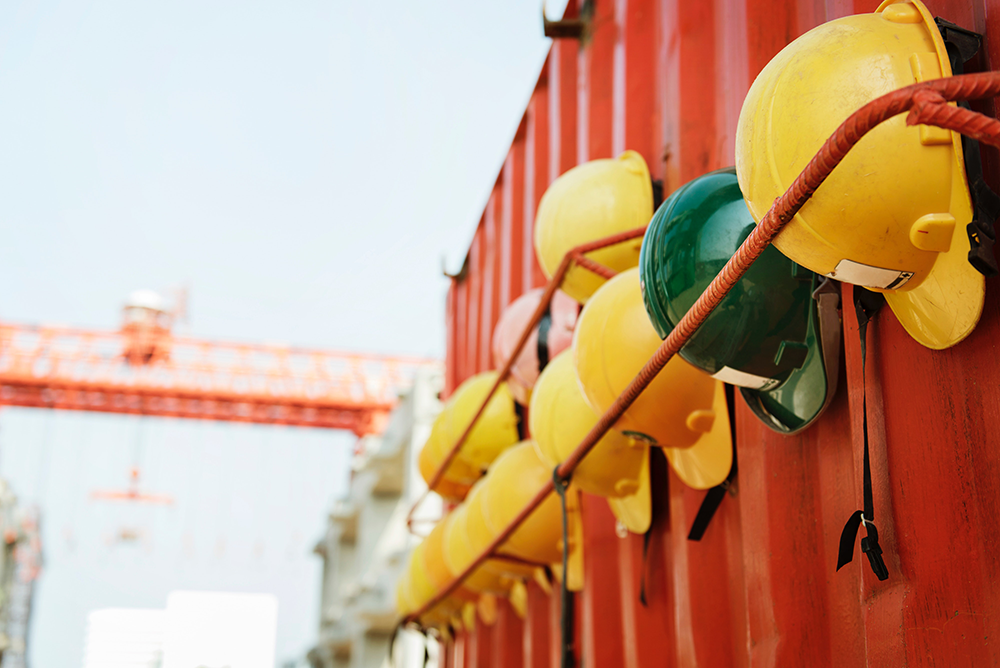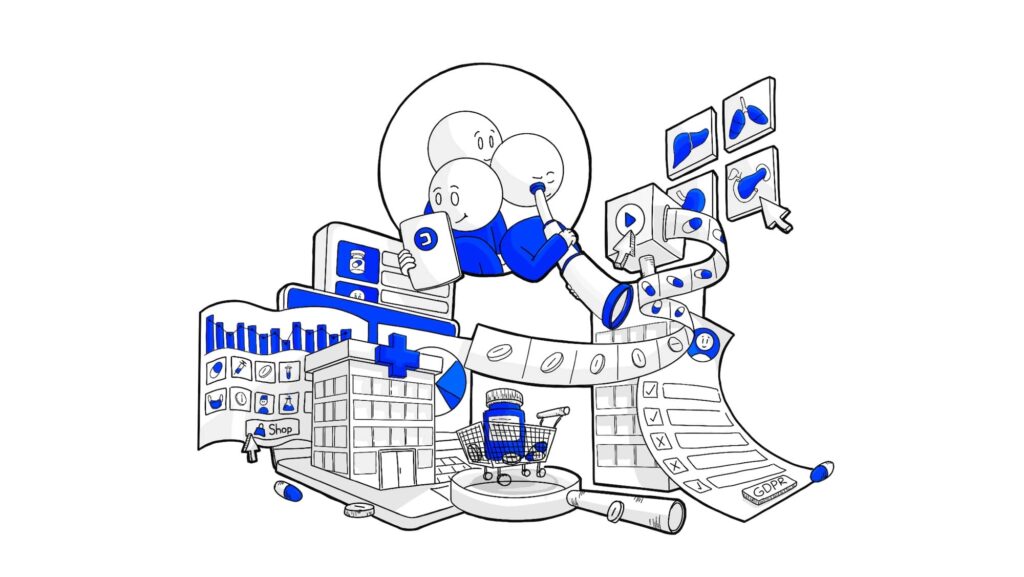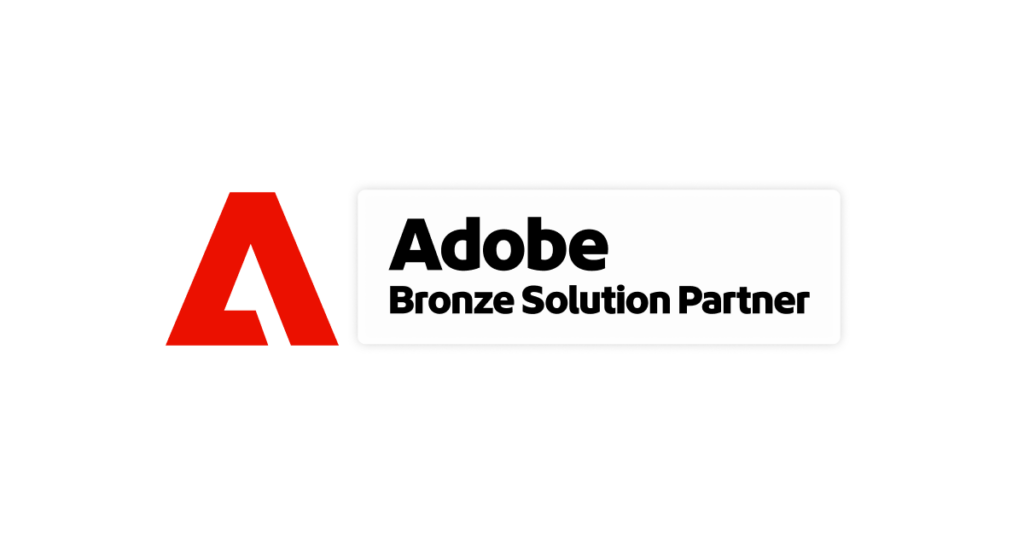While Smart Factories brought increased productivity, the fourth industrial revolution also came with limitations. These make room for improvement, which took the shape of Industry 5.0. If we are to compare Industry 4.0 vs. Industry 5.0, the latter wins in terms of benefits to businesses and human workers alike. In this article, we will evaluate the industry 5.0 opportunities and challenges and see how you can take advantage of them.
1. Industry 4.0 vs. Industry 5.0: what is the difference?
Did you know that Industry 4.0, or the fourth Industrial Revolution celebrates ten years of existence? The term was first used in Germany during the Hannover Trade Fair in 2011 by Bosch. It’s no wonder that the manufacturing industry‘s needs have changed, and technology has advanced significantly. The appearance of a new industrial revolution was imminent.
The fourth industrial revolution brought industrial automation, digitalization, 3D printing, faster production process, optimization of the assembly lines, more precision, failure prevention with cyber-physical systems, the Internet of Things (IoT), cloud computing, and cognitive computing. These advancements came along with some drawbacks: complex, expensive software, people’s jobs replaced by robot automation, security leaks, need for highly skilled people to operate intricate processes.
As it shapes presently, Industry 5.0 promises great shifts in industrial processes and the business and consumption models—the advantages of Industry 5.0 concern two major actors: manufacturers and consumers.
With the help of big data technologies, IoT, and AI, companies can improve manufacturing strategies, and processes, better predict, and offer a better work environment. They would be able to adjust the business model in real time, following demand. There will be no more repetitive jobs for people. Instead, they could focus on problem-solving and creativity. There will no longer be a war between humans and machines in the manufacturing sector; the fifth industrial revolution’s goal is to bring back the human side and increase the interaction and collaboration between humans and robots.
At the same time, customers will benefit from personalized products. Industry 5.0 moves from mass customization to personalization. Clients could state their preferences in the design phase, and the production line adapted accordingly, with no added costs.

2. What is Industry 5.0?
Industry 5.0 is the revolution in which humans and machines find ways to work together with the purpose of improving the efficiency of production. If, in the 4.0 industry, the human touch was missing in the fifth industrial revolution, it will be at the core. Human workers and universal robots will boost the productivity of the manufacturing world side by side.
Each manufacturing company‘s executive team will need to define the production line, then follow the KPIs and ensure that the processes work smoothly. The key phrase will be interaction and collaboration between humans and robots. Machine intelligence and human creativity will work hand in hand.
The robot manufacturer or the industrial robot will be the future. With advanced technologies like artificial intelligence (AI) and cognitive computing, humans and robots are expected to take the manufacturing world to the next level of speed and efficiency.
Besides the direct benefit to the manufacturing industry, the fifth industrial revolution will have an important role in sustainability since the aim is to develop systems that run on renewable energy.
3. Industry 5.0 opportunities and challenges
The challenges of Industry 5.0
With all the amazement around Industry 5.0, it is easy to overlook its potential challenges. We identified three main concerns, but time will tell which ones will truly be:
- People may need to develop completely new skills. Working alongside robots sounds fantastic, but human workers will have to learn how to collaborate with a smart machine, a robot manufacturer. Beyond the soft skills required, technical skills will also be an issue. Programming the industrial robot or managing it translates into new jobs, like Chief Robotics Officer.
- The adoption of new technology has always taken time and effort. How will the manufacturing industry implement it all? What are industry 5.0 technologies? Customized software connecting factories, real-time data, collaborative robotics, 3D printing, Artificial Intelligence (AI), the Internet of Things (IoT), Cloud are only a few to name.
- Furthermore, these technologies need investment. A UR Cobot doesn’t come cheap. Training people for the new jobs also brings costs. Some companies may find it difficult to upgrade their production lines for Industry 5.0. Even if money is not a problem, the rhythm of change could be. Those who cannot afford it or are too slow in adopting I 5.0 may be left behind.
The opportunities of Industry 5.0
The good news is that regardless of the challenges, there are more opportunities to encourage companies to implement Industry 5.0. Let’s see what they are:
- Increased overview of the maintenance plan. It refers to predictive maintenance, as opposed to preventive maintenance applied so far. Smart sensors, IoT devices, and customized software help to monitor and predict possible failures in due time. Only those machines likely to break down will be stopped for adjustments.
- Sustainability. Industry 5.0 manufacturing promises to use resources wisely, adjusting to the current need. The collaboration between humans and machines leads to flexible business models. In consequence, waste and overproduction can be reduced up to elimination. Local production and new jobs will also make local economies sustainable.
- Human efficiency & productivity. Ironically, advanced technologies bring people back to the center of production. A collaborative robot can now perform repetitive, even dangerous, tasks while people focus on creativity and solutions. Such skills lead to increased productivity, especially when people feel motivated by their work and the end result.
- Environmental control inside the factory. Smart, connected sensors and customized software give real-time and predictive overviews of climate, humidity, temperature, and energy consumption. This is especially helpful in farms that depend so much on the weather. Knowing what to expect and where to intervene can prevent severe losses and improve production.
- Forecasting line production efficiency. Smart, connected machines together with customized software, machine learning, and industrial automation, can forecast production efficiency based on the current activity. This is what renders flexibility: processes can be adjusted according to parameters to avoid losses.

4. What will Industry 5.0 do for human workers?
It is still hard to tell how the fifth industrial revolution will transform the economy, but we do have some ideas of how life will look for human workers. As with all advancements, Industry 5.0 has opportunities and challenges. The challenges should not be neglected but also not be seen as barriers. The benefits are far more important: human creativity re-installed, personalized products that allow customers to affirm their individuality, sustainable production, and accurate forecasting that supports efficiency—all strong enough reasons to take the next step.










